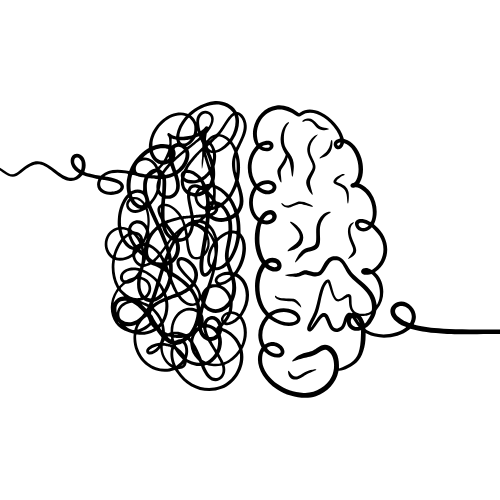
The greatest gift you can give yourself is the courage to face life’s challenges - and to know that you don’t have to face them alone.
— Irvin D. Yalom

There’s no single right way to do counselling - it’s about what works best for you. As I get to know you, I draw from different therapeutic models to shape an approach that fits your needs and feels right for you.
This page gives a brief introduction to the approaches I use most often.
Third-Wave CBT
A more modern take on Cognitive Behavioural Therapy that helps you relate to your thoughts differently, rather than trying to fight or fix them.
It draws on mindfulness, acceptance, and discovering your values, and can be especially helpful if you're feeling stuck, overwhelmed by distressing emotions or feeling like nothing you do really matters.
Internal Family Systems
IFS helps you understand the different parts inside you and the roles they take on (kind of like the characters in the movie Inside Out).
By understanding these parts and what they’re trying to do, you can heal from painful memories, let go of unhealthy behaviours and beliefs and start making positive changes in your life.
Attachment-Based Therapy
This approach explores how your early experiences of closeness, care and conflict have shaped the way you connect with others and how you see yourself.
Understanding these experiences can help you recognise unhealthy patterns in yourself and others, improve existing relationships, build new, healthier ones and develop a stronger sense of trust and security in yourself.
Narrative Therapy
Narrative Therapy helps you see that you are more than the problems you’ve faced or the experiences you’ve had. It gives you the opportunity to explore how your identity has been shaped by your life experiences, relationships, and outside influences - while reconnecting with your strengths and values.
You can tell your story in a way that acknowledges your pain but also highlights your resilience and gives you hope for the future.
Mind-Body Connection
Our minds and bodies are closely linked and our thoughts, feelings, and physical sensations often influence one another.
By paying close attention to your body, this approach helps you become more in tune with the signals it’s sending and understand what it’s trying to tell you. It also teaches practical tools to help calm your nervous system during times of stress and keep you grounded in the here and now.
For those with chronic pain, this approach helps you get a better understanding of your body, learn a new way to relate to your pain and understand how chronic pain can work.
Creative Counselling
Sometimes it’s hard to find the right words - or even know where to begin. Creative counselling offers gentle, imaginative ways to explore what you’re feeling, especially when things feel stuck or overwhelming.
We might use image cards, drawing, music, poetry, sand trays or work with objects to help give shape and voice to your emotions and experiences.You don’t need to be artistic; just open to exploring things in a different way.






